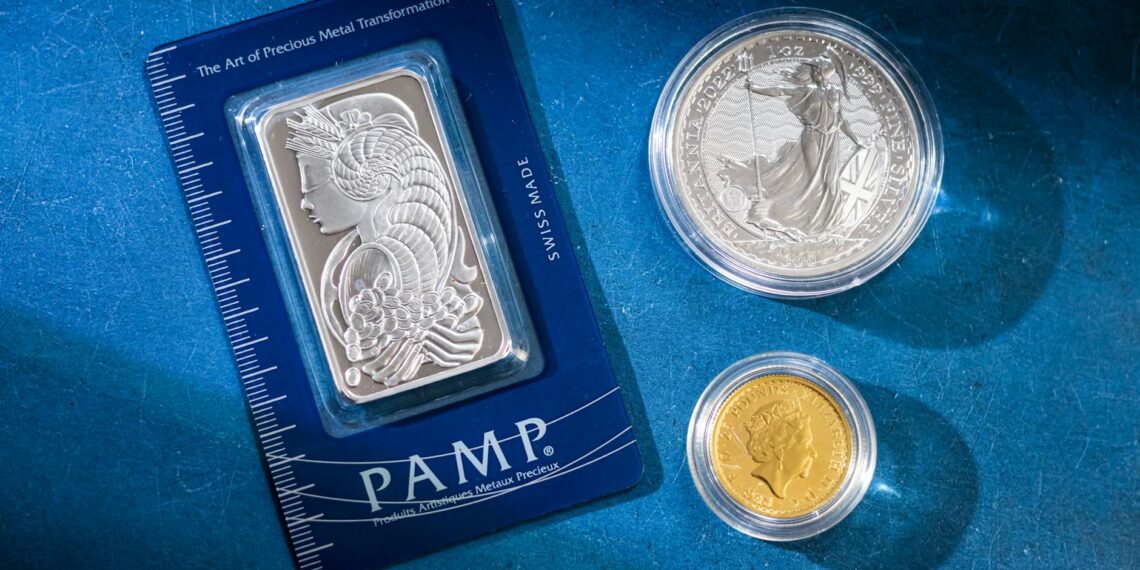A mint mark on a coin is a small letter or symbol that indicates the specific minting facility where the coin was produced.
Mint marks were historically used to identify the source of coins, which served as a crucial quality control measure. If issues arose with the quality, weight, or metallic composition of coins, the mint mark allowed authorities to trace the problem back to the specific mint and hold them accountable.
Today, while they serve less as a quality control mechanism for modern coinage (which lacks precious metals), they are still essential for coin collectors and enthusiasts.
- Rarity and Value: Coins from mints that produced fewer coins, or during specific historical periods, can be much rarer and therefore more valuable to collectors. For example, coins with the “CC” mark from the Carson City Mint are highly sought after due to their low production numbers.
- Historical Context: Mint marks connect a coin to its specific historical context, revealing details about when and where it was produced, potentially linking it to significant events or periods.
- Authentication: Mint marks can also help in authenticating coins, although counterfeiters have become increasingly skilled at replicating them, requiring collectors to verify authenticity through reputable services like PCGS or NGC.
The United States has several important minting facilities, each with its own unique mark:
- P: Philadelphia
- D: Denver
- S: San Francisco
- W: West Point
- CC: Carson City (historically active)
- O: New Orleans (historically active)
- C: Charlotte (historically active)
- D: Dahlonega (historically active)
The location of the mint mark can vary depending on the coin’s denomination and era, but it is typically a small letter found on either the obverse (heads side) or reverse (tails side) of the coin.
Mint marks are small but significant features on coins that indicate their origin, offer historical insights, and can significantly impact a coin’s rarity and value for collectors and investors.









Are coins with no mint mark rare?
The short answer is sometimes. Certain coins without mint marks are extremely valuable, but it’s essential to watch out for the coins that were altered or damaged by someone outside the mint. Here are several rare coins without mint marks that hold a much higher value than the original minted face value.
What mint mark is most valuable?
Thanks for asking. The Rarest Mint Mark on a coin: 1870-CC
The 1870-CC mint mark is especially notable for several coins: 1870-CC Liberty Seated Dollar: This coin is one of the rarest, with only 11,758 pieces minted. In high grades, it can fetch upwards of several hundred thousand dollars.
How do you know the mint mark on a coin?
These mint marks are located in a specific area of the coin depending on the kind of coin (e.g. the mint mark on a Lincoln Cent is under the date). The mint mark can be on either the front (obverse) or the back (reverse).
What does it mean if your coin has no mint mark?
No mint marks appeared on circulating coins from 1965 to 1967. The Coinage Act of 1965 eliminated mint marks to discourage collecting while the Mint worked to meet the country’s coinage needs. Mint marks were placed on the reverse of coins until 1968 when they moved to the obverse.